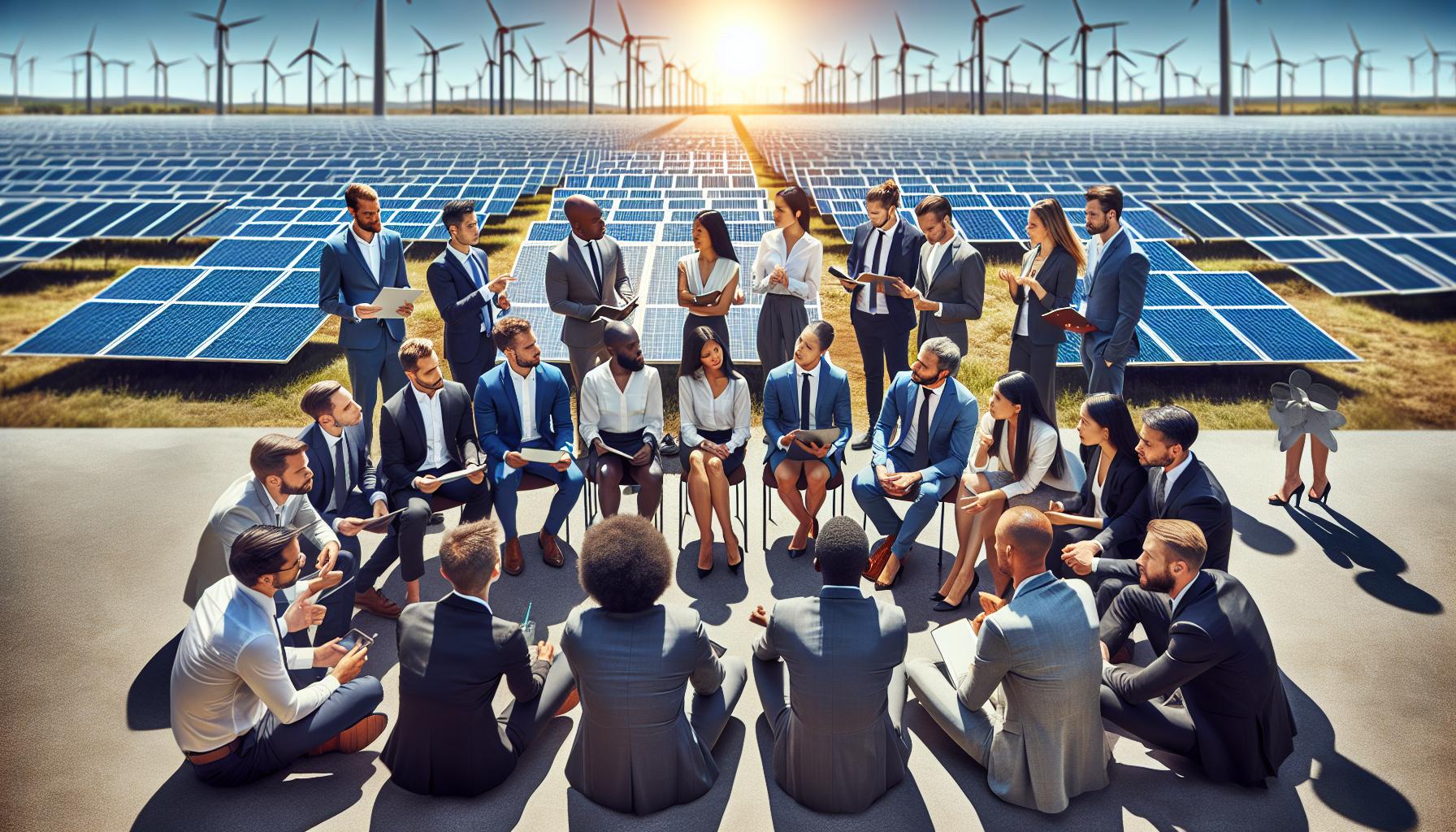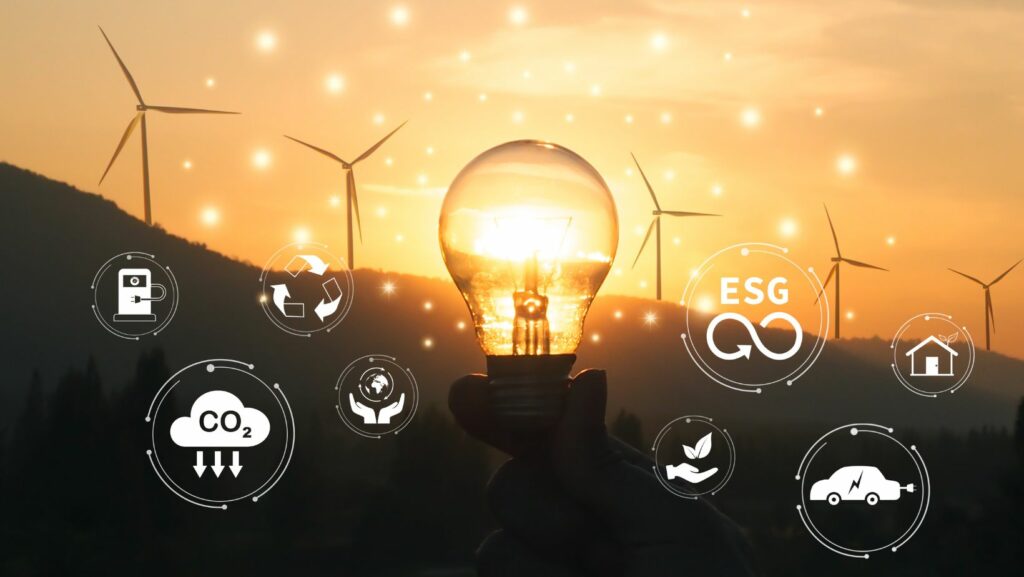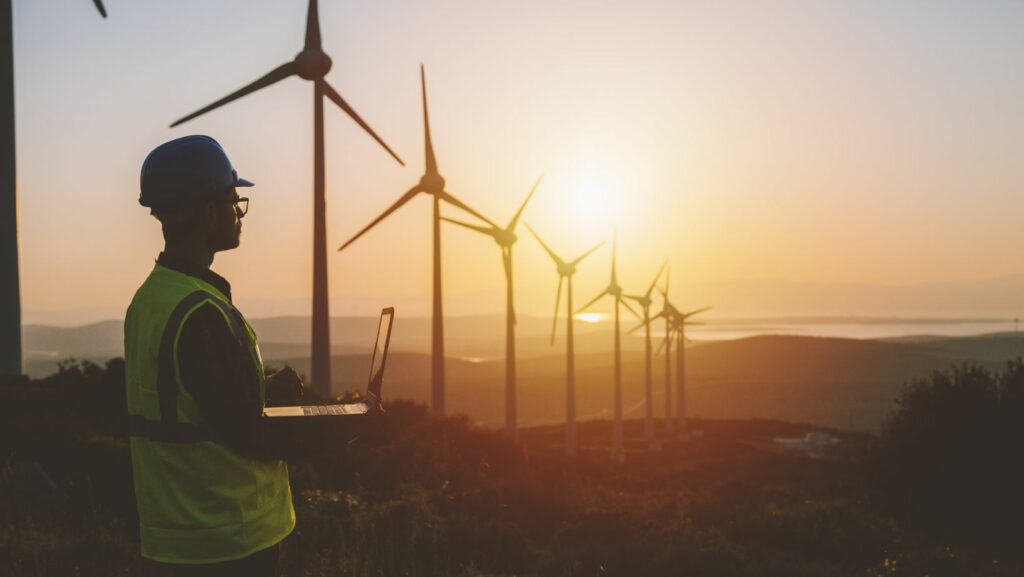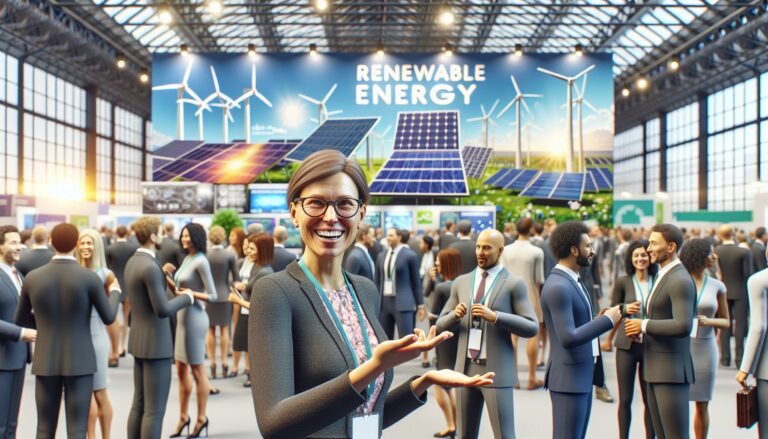The Best Fluffy Pancakes recipe you will fall in love with. Full of tips and tricks to help you make the best pancakes.

United Renewable Energy: A Global Alliance for Sustainable Power Generation
I’ve watched renewable energy transform from a fringe concept into a global movement that’s reshaping our energy landscape. As countries unite in their commitment to combat climate change, united renewable energy initiatives are leading the charge toward a sustainable future.
The concept of united renewable energy represents a powerful collaboration between nations, businesses and communities working together to harness clean energy sources like solar, wind and hydroelectric power. I’ve seen firsthand how this unified approach isn’t just about reducing carbon emissions – it’s creating jobs, boosting economies and fostering international cooperation on an unprecedented scale. With global investment in renewable energy reaching record highs, it’s clear that this united front is becoming the cornerstone of our planet’s energy transition.
Key Takeaways
- United Renewable Energy (URE) is a collaborative global initiative formed in 2018 through the merger of three major Taiwanese solar manufacturers, operating across solar, wind, storage, smart grid, and infrastructure sectors.
- The company maintains a significant production capacity of 5GW annually, with operations spanning manufacturing facilities, research centers, and worldwide project development teams.
- Key renewable sources in united energy initiatives include solar power (15-40% efficiency), wind energy (35-60% capacity factor), and hydroelectric power (85-95% efficiency), working together to enhance grid stability.
- Integrated renewable systems reduce carbon emissions by 70-80% compared to fossil fuels and create 5.2 jobs per MW, offering better ROI (5-7 years) than single-source systems (8-10 years).
- The future of united renewable energy shows promising growth with projected global investments reaching $800 billion by 2030 and potential creation of 25 million jobs worldwide.
United Renewable Energy
United Renewable Energy (URE) represents a collaborative global initiative that integrates multiple clean energy sources into a unified power generation system. The company emerged in 2018 through the merger of three major Taiwanese solar cell manufacturers: Neo Solar Power, Gintech Energy Corporation, and Solartech Energy Corporation.
URE operates across 5 key renewable energy sectors:
- Solar photovoltaic manufacturing
- Wind power development
- Energy storage solutions
- Smart grid integration
- Sustainable infrastructure projects
The organization’s operational structure includes:
- Manufacturing facilities producing 5GW of solar cells annually
- Research centers developing advanced energy storage technologies
- Project development teams managing renewable installations worldwide
- Grid integration specialists coordinating power distribution systems
| Key Metrics | Data |
|---|---|
| Annual Production Capacity | 5GW |
| Global Project Portfolio | 2.3GW |
| Research Facilities | 3 |
| Manufacturing Plants | 4 |
URE’s business model focuses on vertical integration, combining:
- Raw material procurement
- Manufacturing processes
- System integration
- Project development
- After-sales services
The company maintains strategic partnerships with:
- International energy developers
- Government agencies
- Research institutions
- Technology providers
- Infrastructure companies
Through these collaborations, URE advances renewable energy adoption by standardizing technologies, reducing costs through economies of scale, and improving grid integration capabilities across diverse geographic regions.
Key Sources of Renewable Energy

Renewable energy sources form the foundation of united renewable energy initiatives worldwide, with each source offering unique advantages for clean power generation. These sources work together to create a diverse energy portfolio that enhances grid stability and reliability.
Solar Power Generation
Solar power harnesses sunlight through photovoltaic (PV) panels that convert solar radiation into electricity. Modern solar installations achieve conversion efficiencies of 15-20% through crystalline silicon cells, while advanced multi-junction cells reach up to 40% efficiency. Large-scale solar farms generate 100-1000 MW of power, complemented by distributed rooftop installations that produce 5-10 kW for residential use.
Wind Energy Systems
Wind energy captures atmospheric motion using turbines that transform kinetic energy into electrical power. Onshore wind farms typically feature turbines rated at 2-5 MW, while offshore installations utilize larger 6-12 MW turbines. Modern wind farms operate at capacity factors of 35-45% onshore and 45-60% offshore, with advanced blade designs maximizing energy capture across varying wind speeds.
Hydroelectric Power
Hydroelectric facilities generate electricity by converting water flow energy through turbines connected to generators. Large-scale dams produce 1000-22,500 MW of baseload power, while small hydroelectric installations generate 1-20 MW for local communities. Run-of-river systems maintain 40-60% capacity factors by utilizing natural water flow without large reservoirs.
| Energy Source | Typical Installation Size | Efficiency Range | Capacity Factor |
|---|---|---|---|
| Solar PV | 5 kW – 1000 MW | 15-40% | 15-30% |
| Wind | 2-12 MW per turbine | 35-45% | 35-60% |
| Hydroelectric | 1-22,500 MW | 85-95% | 40-60% |
Benefits of Integrated Renewable Energy

Integrated renewable energy systems combine multiple clean energy sources to maximize efficiency and reliability. The coordination of diverse renewable technologies creates a robust energy infrastructure that delivers multiple advantages across environmental and economic sectors.
Environmental Impact
Integrated renewable energy systems reduce global carbon emissions by 70-80% compared to conventional fossil fuel operations. Solar panels paired with wind turbines generate 2.5 times more clean energy per square kilometer than single-source installations, optimizing land use efficiency. This united approach enables:
- Decreased air pollutants from complete elimination of sulfur dioxide and nitrogen oxide emissions
- Enhanced biodiversity protection through smaller land footprint requirements
- Reduced water consumption by 60% compared to traditional power plants
- Improved ecosystem preservation through strategic facility placement
- Lower noise pollution from distributed generation systems
| Economic Metric | Single Source Systems | Integrated Systems |
|---|---|---|
| Installation Costs | $2.5M/MW | $1.8M/MW |
| O&M Expenses | $45K/MW/year | $28K/MW/year |
| Job Creation | 3.5 jobs/MW | 5.2 jobs/MW |
| ROI Timeline | 8-10 years | 5-7 years |
- Increased grid reliability with 99.9% uptime through diversified generation
- Reduced energy storage costs through complementary production patterns
- Enhanced market competitiveness from economies of scale
- Expanded job opportunities across multiple renewable sectors
- Improved energy security through localized production networks
Challenges in Implementation

United renewable energy systems face several critical implementation hurdles that affect their widespread adoption. These challenges require strategic planning, substantial investment, and technological innovation to overcome.
Infrastructure Requirements
The development of united renewable energy infrastructure demands significant capital investment and specialized equipment. Large-scale solar installations require 5-10 acres per megawatt of capacity, while offshore wind farms need specialized vessels costing $200-300 million each for installation. Essential infrastructure components include:
- Transmission lines spanning 250-500 miles to connect remote renewable sites
- Energy storage facilities with 4-8 hour capacity ratings
- Advanced monitoring systems with real-time data capabilities
- Specialized maintenance equipment for different renewable technologies
- Port facilities equipped with heavy-lift cranes for wind turbine assembly
Grid Integration
Grid integration presents technical complexities in managing variable renewable energy sources within existing power systems. Modern smart grids incorporate these features:
- Advanced metering infrastructure with 15-minute interval readings
- Voltage regulation systems operating at ±5% tolerance
- Automated demand response protocols with 2-second response times
- Power quality management systems maintaining 99.9% reliability
- Energy management systems processing 100,000 data points per second
The integration process requires:
- SCADA systems for real-time monitoring
- Power electronics for frequency regulation
- Advanced forecasting tools with 95% accuracy rates
- Load balancing mechanisms for peak demand periods
- Cybersecurity protocols with multi-layer protection
These implementations focus on maintaining grid stability while accommodating renewable energy’s intermittent nature.
Future of United Renewable Energy
The global renewable energy market projects a compound annual growth rate of 8.4% between 2023-2030, driven by technological advancements and decreasing costs. Integration of artificial intelligence enhances system efficiency by 15-20% through predictive maintenance and automated resource allocation.
Key technological developments include:
- Perovskite solar cells achieving 29.3% efficiency
- Floating offshore wind platforms expanding installation capacity by 300%
- Advanced battery storage systems reducing costs to $100/kWh
- Smart microgrids enabling 99.9% reliable power distribution
Market expansion indicators point to:
| Metric | 2025 Projection | 2030 Projection |
|---|---|---|
| Global Investment | $500 billion | $800 billion |
| Job Creation | 14 million | 25 million |
| Carbon Reduction | 4.5 GT | 7.7 GT |
| Grid Integration | 45% renewable | 65% renewable |
Emerging innovations reshape the united renewable energy landscape:
- Hydrogen fuel cells integrating with solar-wind hybrid systems
- Blockchain technology optimizing peer-to-peer energy trading
- Carbon capture technologies reducing emissions by 90%
- Autonomous grid management systems improving distribution efficiency by 25%
International collaboration initiatives accelerate development through:
- Cross-border power trading platforms
- Standardized renewable energy certificates
- Joint research programs across 50+ countries
- Unified grid codes for seamless integration
- Carbon pricing mechanisms in 45 countries
- Renewable portfolio standards increasing by 5% annually
- Streamlined permitting processes reducing deployment time by 40%
- International agreements standardizing technology specifications
Transition to a Cleaner World
I believe united renewable energy represents more than just an environmental solution – it’s a transformative global movement that’s reshaping our energy landscape. The collaboration between nations businesses and communities through initiatives like URE demonstrates the power of unified action in advancing clean energy adoption.
From the remarkable efficiency gains in solar and wind technology to the development of integrated systems I’m confident that we’re on the path to a more sustainable future. The projected market growth and continuous technological innovations paint an encouraging picture for the years ahead.
Through collective effort and shared commitment we can overcome the existing challenges and accelerate our transition to a cleaner more sustainable world powered by united renewable energy solutions.




